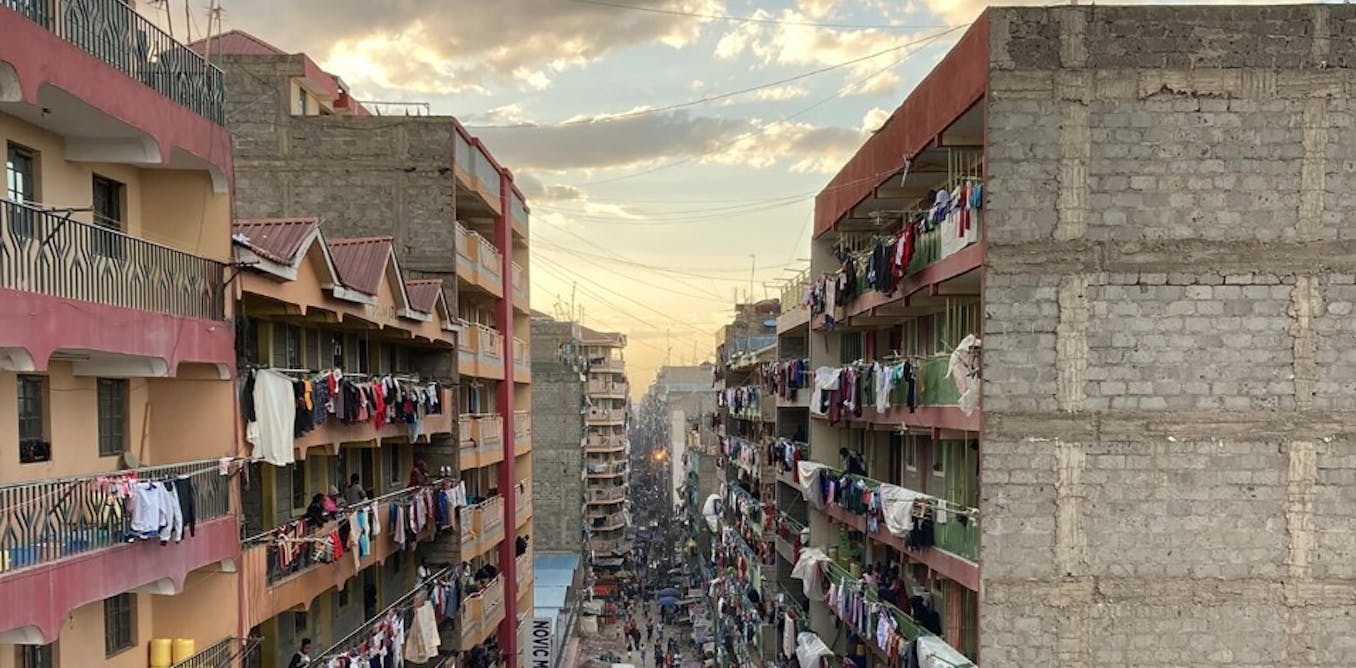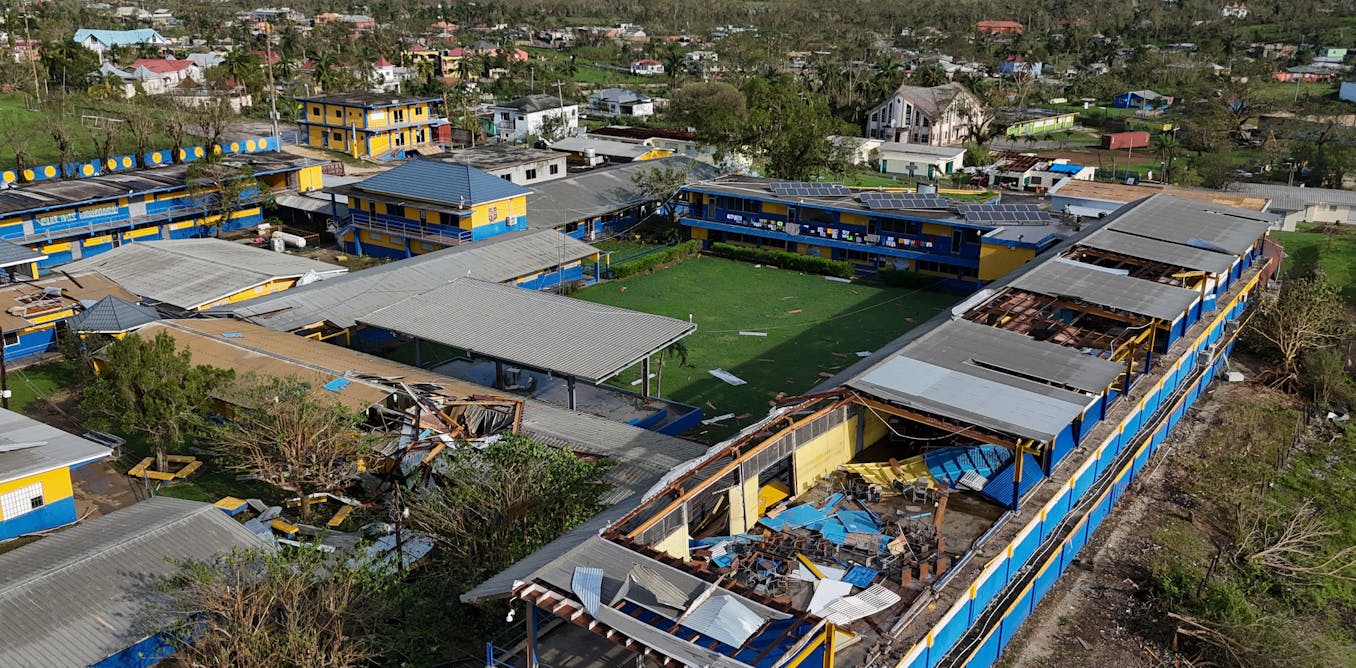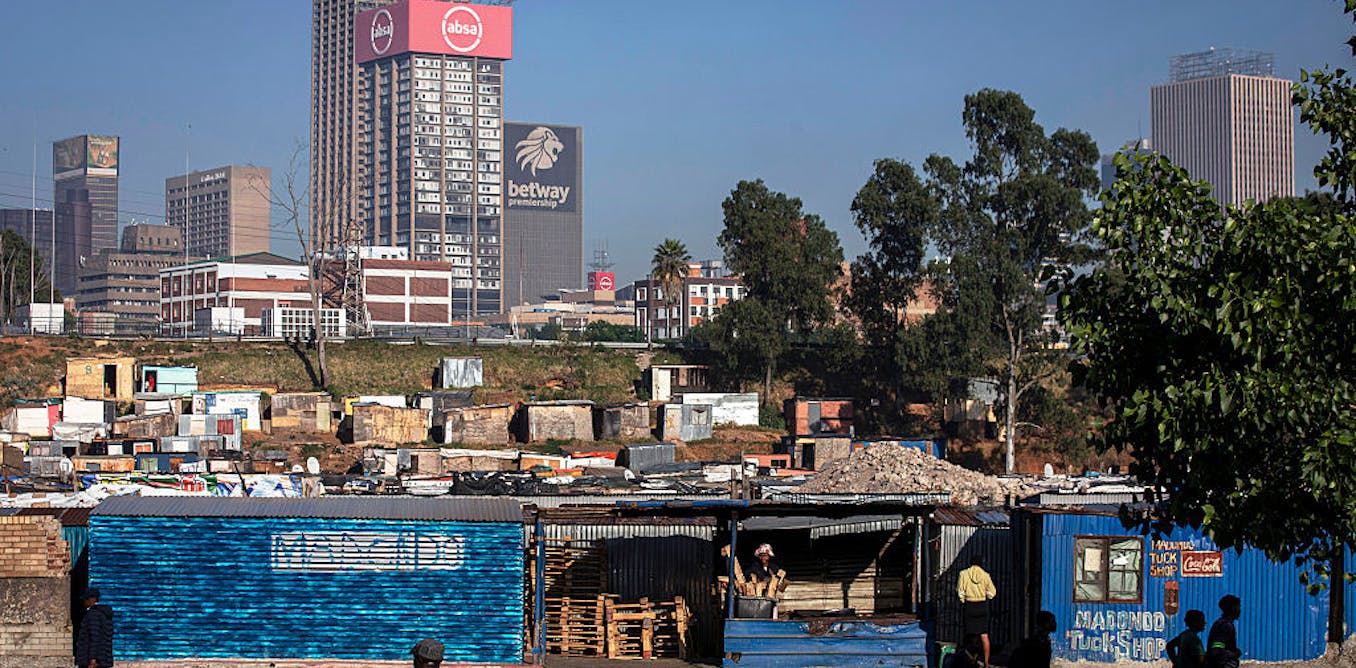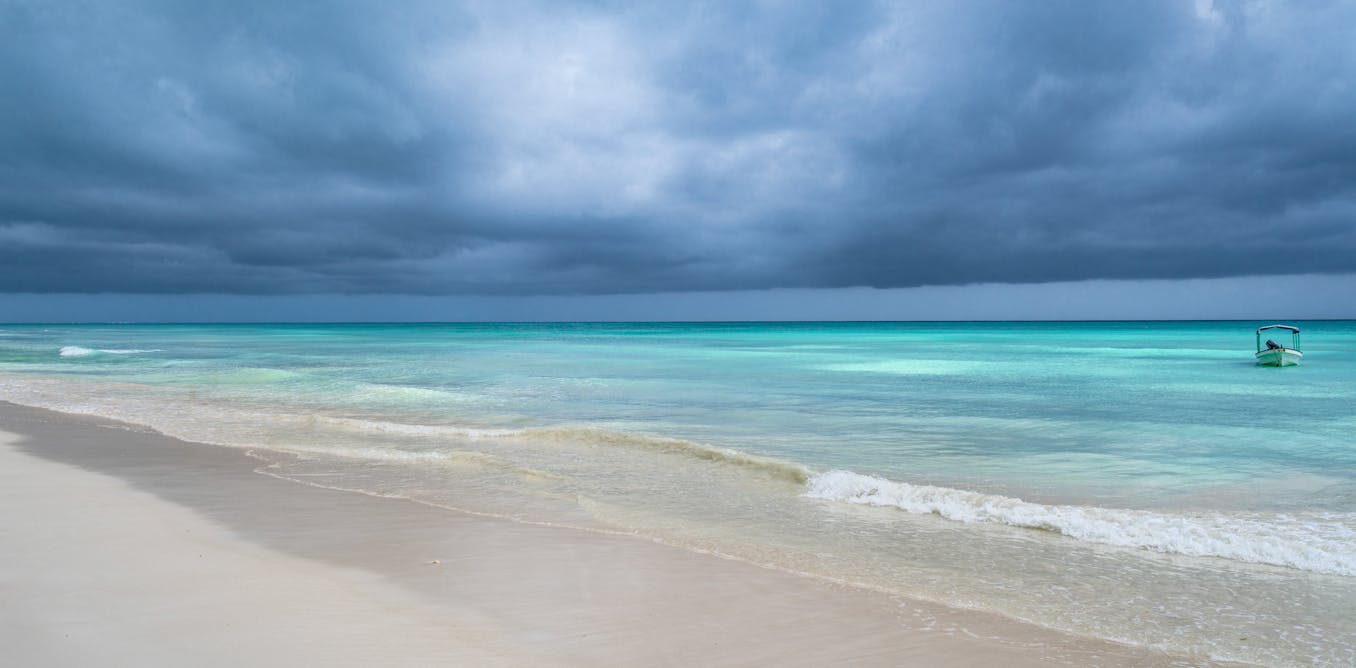The video titled “Experiencing the Rich History and Food of Canada’s Season of Bounty” takes viewers on a journey through Canada’s Maritime Provinces and Quebec during the season of bounty. National Geographic photographer, Matthieu Paley, delves into the rich history, diverse cultures, and bountiful food of these regions.
Throughout the video, Paley joins a lobster boat crew, learns about biodiversity on a heritage farm, visits the ancestral homelands of the Mi’kmaq people, and explores the urban agriculture scene in Montreal. From lobster fishing in Nova Scotia to walking on the seafloor of the Bay of Fundy and experiencing the vibrant food scene of Montreal, the video offers a captivating glimpse into the cultural and culinary traditions of Canada’s Season of Bounty.
The video provides a deep dive into the connection between the land, the people, and the food, highlighting the significance of Canada’s diverse heritage and the sustainable practices being adopted in urban centers. As Paley immerses himself in the traditions and practices of the locals, viewers gain a deeper appreciation for the natural beauty and rich history of Canada’s Maritime Provinces and Quebec.
This exploration of Canada’s season of bounty allows viewers to connect with the stories and traditions of the land, ultimately showcasing the importance of preserving and celebrating cultural heritage and sustainable food practices. With stunning visuals and insightful storytelling, the video is a testament to the beauty and diversity of Canada’s natural and cultural landscapes.
Watch the video by National Geographic
Iconic! I love to know the life of the stuff I’m going to eat before it shows up on my plate. That’s why I’m in Canada’s Maritime Provinces and Quebec during the season of bounty. To connect with the land and rich history through people and food. Good morning! Hi, I’m Matthieu.
It’s a region famous for its Gaelic, Mi’kmaq and Acadian cultures. And a bounty of heritage farm animals. They are turning this place that used to be a monoculture of corn into a place of biodiversity, bringing tons of animals and trying to feed the ground and create
This virtuous cycle that will bring more life. The skin is so thin… It’s like caviar. The idea is that with so much biodiversity that we have going on, it’ll naturally take care of itself. With the longest coastline in the world, Canada’s communities in Nova Scotia and New Brunswick are dependent
On lobster fishing, which makes up about half of their fisheries industry. Making it a crucial source of revenue and cultural pride. Cuz down here in Cap Pelé, we got the best tasting lobster in the world. Is that so? Yep. There’s 250 traps. We lift up all the traps every day.
Put fresh bait. Put that back in the water. So you need to measure every lobster to make sure it’s a legal one. Down here it’s 79 millimeters and up. The females with eggs you have to throw them back. A good lobster fisherman? Yeah, what makes a good lobster fisherman?
You need to have it right here… You need to have love. You need to be passionate about what you do. And you need to go out every day and do your best. I always love stories that deal with people that are on the edge
Of fitting in fully but also very proud of where they are standing. Visiting the ancestral homelands of the Mi’kmaq people along the Miramichi River is an opportunity to experience the growing indigenous tourism industry and connect with the land and history of the region through the people
Who have called it home for centuries. We got really, really high water today. Yep. Because of all the rain? Yeah. Throw it out. Let it fall. Let it fall? And then let it drift. You take your thumb and your hand and you’re just going to bring the rod up to here.
And then wait a split second and then throw it out. It’s good? Yeah. It’s your first cast. Okay, excellent! And then your heart starts pounding. Boom, boom, boom, boom, boom. This is wild mint and we use it as medicine. Smell that? Isn’t that beautiful? These are tea berries and they’re very bitter.
A little bit, yeah, towards the end. We want to have good food. We want to have clean water, clean air. Pass things on to our kids. And for a long time, our culture was denied that opportunity. We can finally stand up for ourselves and we can be proud of who we are.
Proud of just living and surviving as Mi’kmaq people here on the East Coast of Canada. Stay there. Mama mia, look at these beauties! How are the mustard pickles? Very good. Legend has it that the Hopewell rocks formed from the pots Mi’kmaq people once used to feast and celebrate with.
Walking on the seafloor of the Bay of Fundy, due to its famous extreme variability in tides, it’s easy to feel the history and significance of this land. A quick flight and we are in Quebec. Taking its name from the famous Mont Royal Park
Which overlooks the city, Montréal is one of the greenest cities in the world for its sustainability and its many green spaces. On top of the city’s convention center sits an unexpected farm. Montréal is really the world capital of urban agriculture. There’s almost 60 urban farms, it’s double the amount of similar cities.
I want to transform the city. Farm on the rooftop will have an impact for biodiversity in downtown. Chard. Rainbow chard. Yeah. Tomatoes. Oh, my God. When I’m doing a dish, I’m looking at like, what’s the season vegetables. The restaurants in Montréal, they want to work with farms to stay local.
You’re going to get a live reaction here. Are you afraid, are you scared? Yes, I’m stressed. It’s great that she’s focusing on seasonality in the dishes. Meeting people and having meaningful encounters is something that really stays with me. Canadians are defined as being, quote unquote, nice.
I think they have much more character than that. There is a sense of contemplation and excitement to see that you can nurture your soul, nurture yourself, nurture other people, and a love for their environment that I really enjoyed.
Video “Experiencing the Rich History and Food of Canada's Season of Bounty | National Geographic” was uploaded on 01/18/2024. Watch all the latest Videos by National Geographic on Gretopia



































